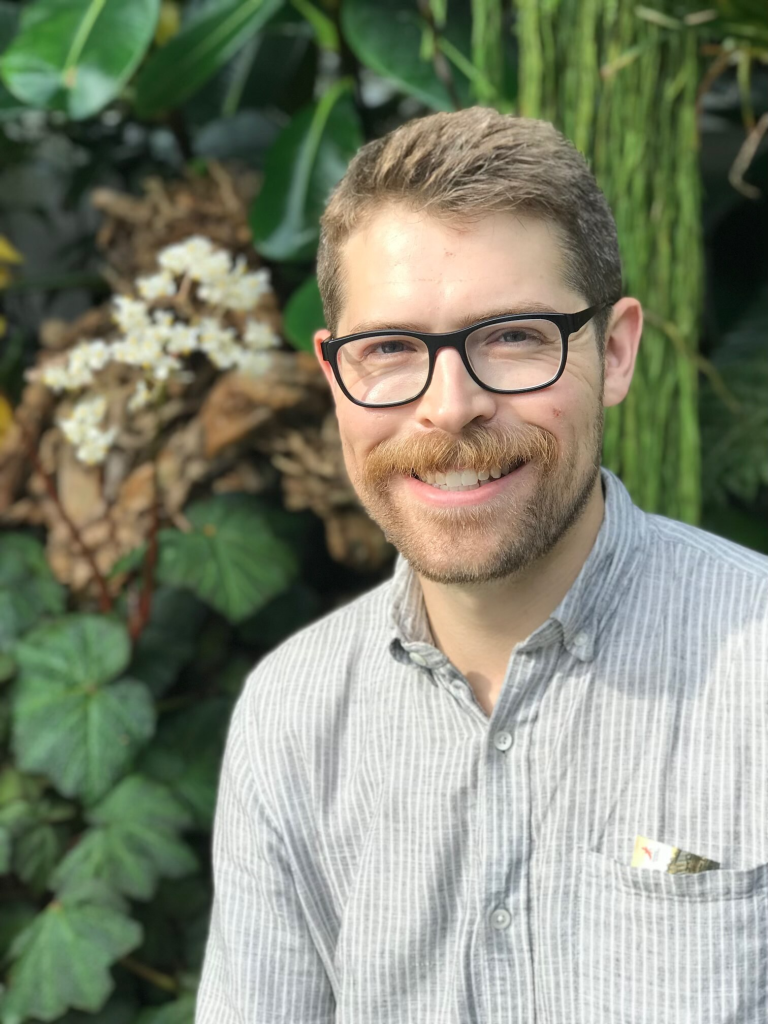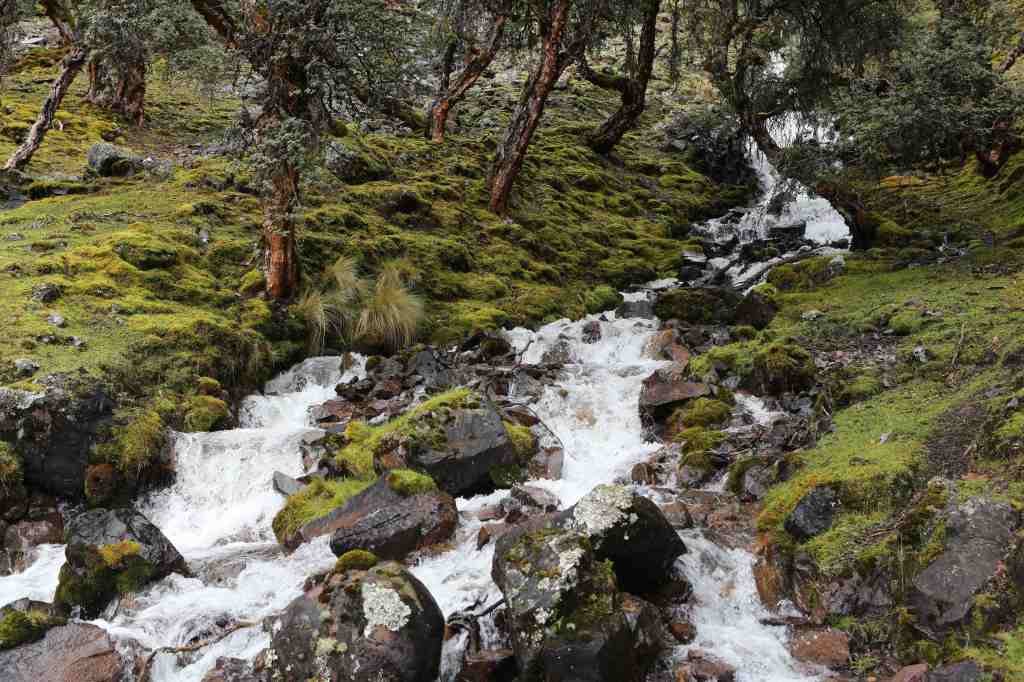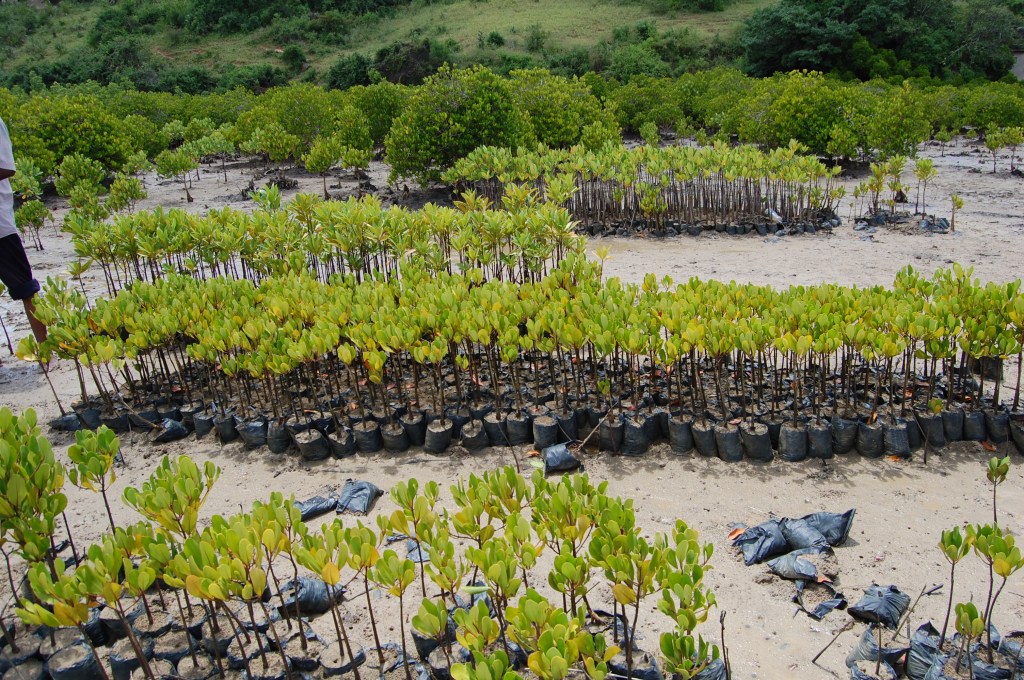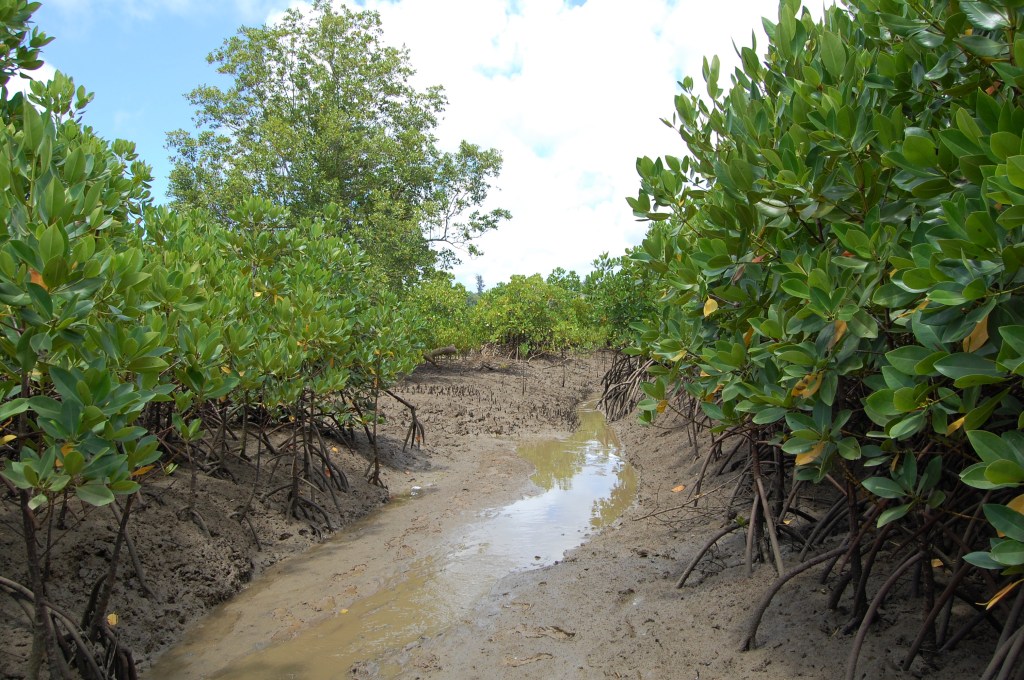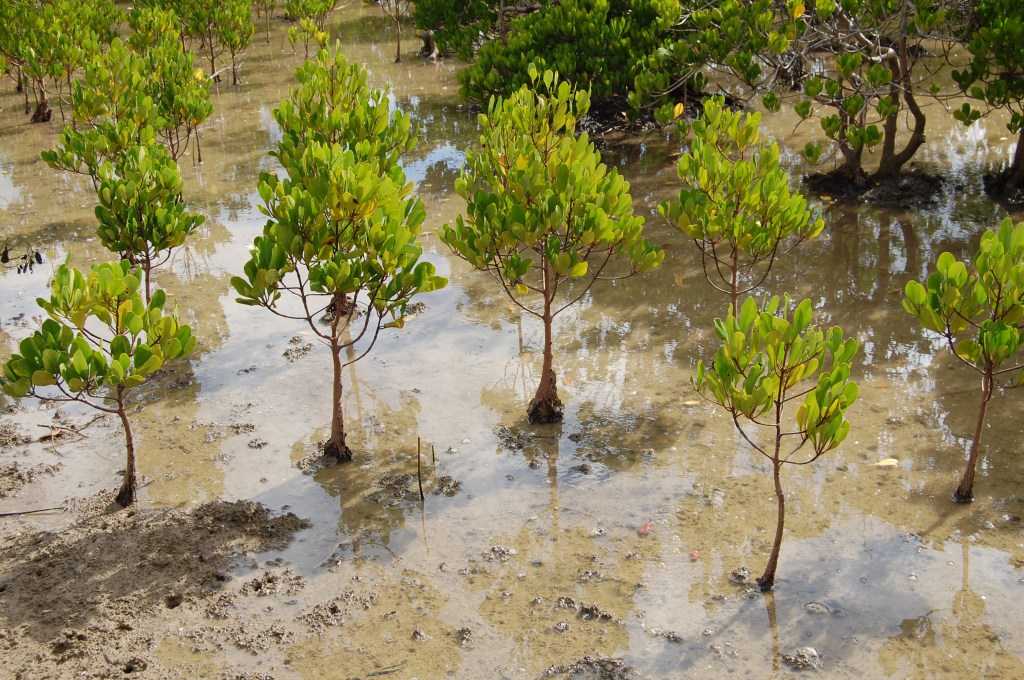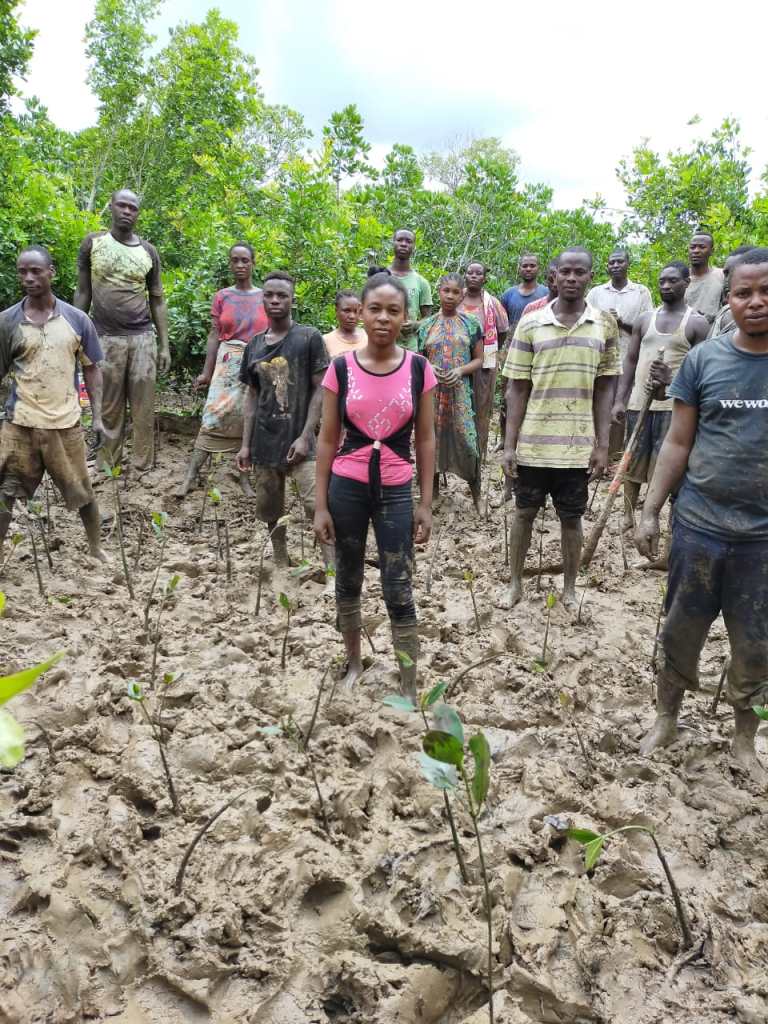Beyond Net Zero: How Nature-Based Solutions Help Tackle the Climate Crisis



The question on any good skeptic’s mind: how can a tech company help protect the environment? According to Patrick Flynn, Global Head of Sustainability at Salesforce, it’s about using the full power of the company for the planet.

Editor’s Note: This article originally published in September 2021 and was updated in November 2022 to reflect the latest.
“Twenty thousand years and five degrees cooler ago, my house would be sitting under a giant glacier,” Max Scher, Head of Clean Energy & Carbon Programs for Salesforce, explained recently.
If just five degrees of cooling separates Scher’s hometown of Seattle from working beneath glaciers, one can only imagine the impact that three degrees of warming — the planet’s current trajectory — will have.
It’s this concern that inspires Scher and the rest of Salesforce’s sustainability team to fight the climate crisis.
Fortunately for the team, a “greater good” mentality is a part of the company’s DNA; and has been since its inception in 1999. Salesforce CEO and co-founder Marc Benioff believed then — as he does now — that one doesn’t have to choose between doing well in business and doing good.
In fact, Benioff’s special passion for sustainability has helped spur Salesforce’s environmental efforts over the last decade, efforts that now range all the way from protecting ocean health to conserving, restoring, and growing 1 trillion trees. All with one goal in mind: preserving the Earth for generations to come.
The question on any good skeptic’s mind: how can a tech company help protect the environment? According to Patrick Flynn, Global Head of Sustainability at Salesforce, it’s about using the full power of the company for the planet.
“We need everyone to do what they do best,” said Flynn. “We need artists to make art for climate action, lawyers to file lawsuits to protect the planet’s resources, and software developers to write code for climate action. I think anybody who marries their brilliance and their passion for climate action can help change the world.”
We need everyone to do what they do best. We need artists to make art for climate action, lawyers to file lawsuits, and software developers to write code for climate action.
Patrick Flynn, Global Head of Sustainability, Salesforce
What does Salesforce do best? Put transformational tools in the hands of its customers to help them navigate successfully into the future.
So it’s fitting that Salesforce offers its customers the resources to reach their own sustainability goals. This includes products like Net Zero Cloud, a carbon accounting solution to help organizations track their carbon footprint, and Net Zero Marketplace, a trusted platform that makes carbon credit purchases simple and transparent. As a model for its customers, Salesforce achieved net zero emissions across its full value chain and 100% renewable energy for its global operations as of September 2021. To further emphasize the importance of sustainability to the company, in February 2022, Salesforce announced sustainability as a fifth core value.
Shared success for climate health
But Benioff and the Salesforce sustainability team have even bigger goals in mind. They are setting Salesforce apart from other private industries and tech companies through a shared success model.
“There’s no success here unless there’s shared success,” said Flynn. “If individual companies meet their own goals, but the world fails to meet the climate emergency successfully there is no real achievement. Nothing to celebrate.”
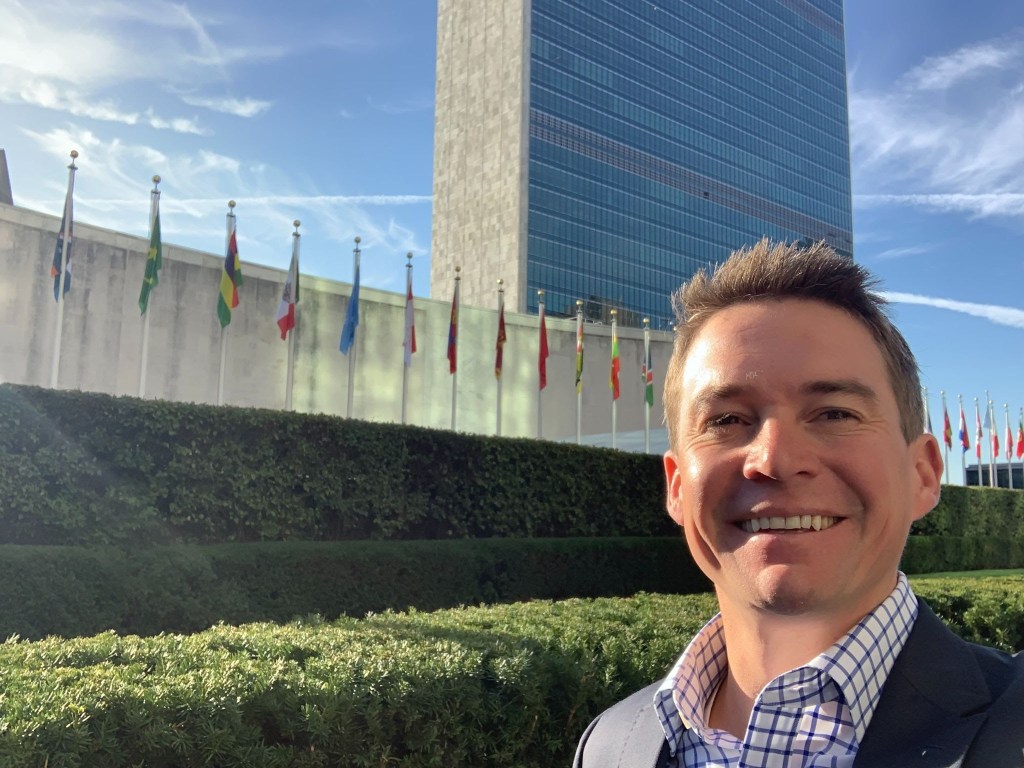
Guided by this idea, in 2019, Salesforce and 86 other companies at the United Nations Climate Action Summit pledged to actively advocate for clear and consistent global climate policies that limit warming to 1.5°C — the level of warming experts have identified as the target to limit the most catastrophic impacts of climate change.
“If you’re going to have a long-term sustainability goal as a company, you need to tether it to one shared planetary goal,” said Flynn. “To successfully transition to a 1.5°C future, we have set out with highly systematic, highly collaborative strategies that try to get the planet mobilized to that successful day.”
It’s a bold strategy that goes beyond Salesforce achieving Net Zero emissions, and involves using its leadership and influence to mobilize customers, suppliers, partners, and others along the journey. It also requires new and innovative strategies to tackle important planetary goals — like carbon removal.
Carbon removal refers to the drawing down of carbon from the atmosphere and storing it. While it’s not a household term, leading climate scientists and governments agree it’s an essential lever to pull in fighting the climate crisis.
In May 2022, Salesforce announced plans to invest $100 million of durable carbon credits from technologies that remove carbon from the atmosphere at scale. The investment is a part of an initiative from the First Movers Coalition, which aims to harness the purchasing power of companies to decarbonize hard-to-abate industrial sectors.
To limit warming to 1.5°C, removing greenhouse gases from the atmosphere is key. And while there are both natural approaches, like planting trees, and artificial ones — think giant fans sucking carbon from the atmosphere — the most effective long-term solutions for storing carbon are nature-based.
“While technology-based solutions will be essential to meeting our shared goals, nature is the one we have at our fingertips right now. Plus, natural solutions offer many co-benefits, like ecosystem restoration, biodiversity, and community impact that giant fans won’t,” said Scher.
While technology-based solutions will be essential to meeting our shared goals, nature is the one we have at our fingertips right now.
Max Scher, Head of Clean Energy & Carbon Programs, Salesforce
The journey to one trillion trees
Though Scher has been with Salesforce’s sustainability team for six years, his focus shifted more intently on nature-based solutions in January 2020, when Salesforce collaborated with longtime partner the World Economic Forum to launch 1t.org — an initiative designed to conserve, restore, and grow 1 trillion trees by 2030.
Before the agricultural revolution, there were 6 trillion trees in the world, and now there are only 3 trillion. According to ecosystem ecologist Thomas Crowther, if 1 trillion trees are grown, it could bring 150-200 gigatons of carbon out of the atmosphere.
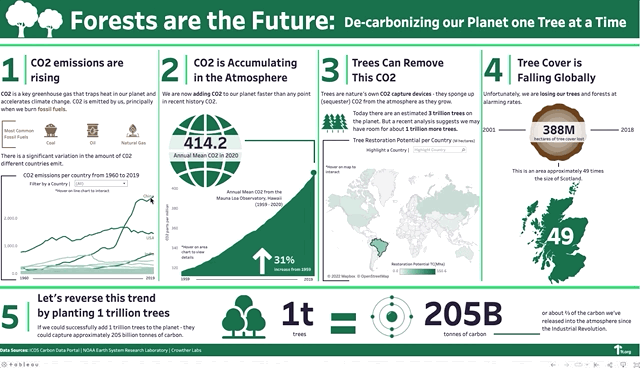
Having seen the impact of the successful nature-based projects that Salesforce had supported over the years, it was sold on the mission. The company committed to mobilizing and supporting the conservation, restoration and growth of 100 million trees by 2030, in support of 1t.org’s mission. With seven years left, Salesforce is halfway to its goal with 43 million trees planted.
Scher took the challenge head-on, with strategy at the forefront.
“We want to support the right trees, in the right places, for the right reasons, by the right people,” said Scher.
The Andes reforesting project, Acción Andina, is one example of this strategy at work. Working with the Global Forest Generation nonprofit, Salesforce has helped fund the planting of 625,000 native trees, including Polylepis which help to address water security — one of the region’s main climate change-driven challenges.
- The hardy evergreen Polylepis is the highest altitude tree in the world, growing up to 5,000 meters (almost 16,500 feet) above sea level.
- Meltwater from glaciers flow down the mountainsides into the Polylepis forests below, which play an important role in slowing and absorbing runoff into the soil and groundwater table.
- The Quechua-speaking people of the high Andes participate in an annual Polylepis tree planting festival called Queuña Raymi, where 60,000 to 100,000 trees can be planted in a single day.
- Children and elders alike climb steep mountain trails to plant saplings together during the Polylepis tree planting festival Queuña Raymi.
- Polylepis trees absorb enormous quantities of mist from the clouds, which promotes the growth of spongy, super-absorbent Sphagnum moss. The abundant water retained by these extraordinary trees and their moss transforms degraded, eroded landscapes into healthy soil, streams, and wetlands.
Through projects like Acción Andina, Salesforce reached its first 10 million tree milestone last March. The company isn’t planning to stop there, though, as it continues to bring others along the tree planting journey by vocally supporting the 1 trillion trees movement, and advocating for systemic policy changes, like the REPLANT Act, which would put 1.2 billion trees in the ground over the next decade while also creating 49,000 jobs in the process.
In addition to tree planting and advocacy, Salesforce has committed to ‘doing what it does best,’ applying innovation and technology to broaden its impact on the project.
An app leveraging Salesforce’s Heroku platform, Salesforce’s tree tracker enables anyone to easily see and donate to the specific projects Salesforce has identified. Salesforce also partnered with the World Economic Forum on UpLink — a digital platform helping to connect more than 30,000 ecopreneurs around the world as they develop innovative solutions and accelerate progress on the UN Sustainable Development Goals.

From trees to oceans — Salesforce’s global view
Many companies are working to address corporate sustainability that protects the land they use for manufacturing, building, and energy. Few, however, have placed a focus on what is actually one of the world’s most significant shared resources: oceans.
Salesforce has taken an unprecedented step in this direction, hiring the company’s first-ever, and likely private industry’s first-ever, Director of Ocean Sustainability: Dr. Whitney Johnston.

Johnston says that while Salesforce isn’t a traditional player in the oceans industry — think fishing, shipping, or coastal hospitality — the company still has a vested interest in the health of the ocean.
“We all benefit from a healthy ocean and we are all impacted when the health of the ocean is degraded,” said Johnston.
We all benefit from a healthy ocean and we are all impacted when the health of the ocean is degraded.
Dr. Whitney Johnston, Director of Ocean Sustainability, Salesforce
Restoring the oceans can involve different levers, like reducing plastic pollution or protecting marine wildlife. But Johnston and Salesforce are particularly interested in one tropical ecosystem with the potential to sequester up to four times more carbon than rainforests can: mangroves.
Mangrove forests grow along tropical coastlines, bridging the land and sea. Accumulating massive amounts of carbon in layers of mud and roots over millennia, these forests are highly effective at carbon removal. As climate change produces more frequent, high-energy storms, mangroves will continue to serve as a buffer against the flooding and damage produced from these storms. In this sense, they help us both combat climate change and adapt to climate change.
Says Johnston, “Our ultimate goal is to use the full power of Salesforce to help protect ocean health. We do that through protecting and restoring coastal ecosystems, like mangroves. And the Salesforce platform can mobilize others to invest in the protection of those ecosystems as well.”
Finding a passionate mangrove partner in National Capital Partners, Salesforce worked with two local community groups in Kenya to plant more than 90,000 mangroves. The project will protect coastal communities from storm surges, provide vital habitat for fish, and create a new source of income for the local community through bee-keeping and the sale of lucrative mangrove honey.
Salesforce will also partner with One Tree Planted on a project in Costa Rica to restore mangroves, while also improving overall water quality in the reef through land restoration efforts.
Transforming the future together
Flynn believes a shift in customer preference will be the biggest force for companies taking climate action, a critical element of solving the crisis at hand.
He also believes that Salesforce is in a unique position to help lead that shift, through its own advocacy and shared effort with customers.
“Salesforce as the leader in customer relationships is here and ready to help all of our customers see that change and respond to it successfully,” Flynn said.
In addition to helping customers achieve their sustainability goals with Net Zero Cloud, Salesforce aims to influence its entire supply chain.
Salesforce recently introduced a Sustainability Exhibit to all supplier procurement contacts — with the goal of helping suppliers reduce their carbon footprint, further integrating sustainability into Salesforce’s supply chain, and providing a blueprint for others to adopt.
These efforts underscore the belief that we are all employees of Earth and everyone has a role to play in the fight against climate change.
“Humanity’s superpower is that we’re not one human,” Scher said. “We are billions of people with innovative, awesome ideas — special powers we can deploy.”
Humanity’s superpower is that we’re not one human. We are billions of people with innovative, awesome ideas — special powers we can deploy.
Max Scher, Head of Clean Energy & Carbon Programs, Salesforce
For more on Salesforce’s climate efforts, visit this website. Need help with your sustainability efforts? As a company committed to bold climate action, Salesforce developed a platform to enable our customers to understand their own environmental footprint: Salesforce Net Zero Cloud.
